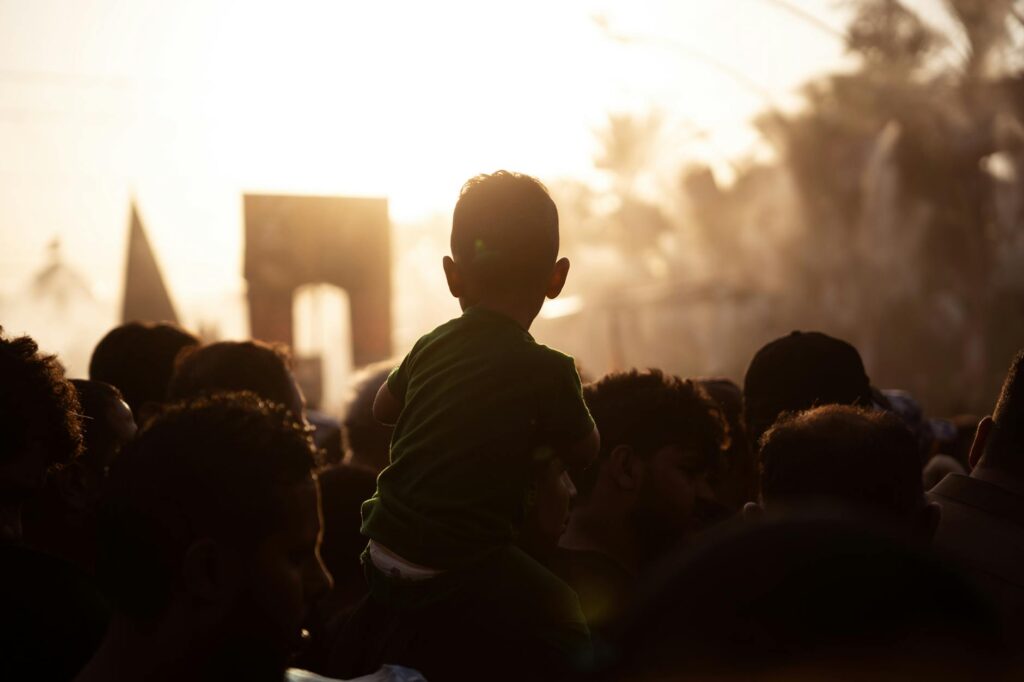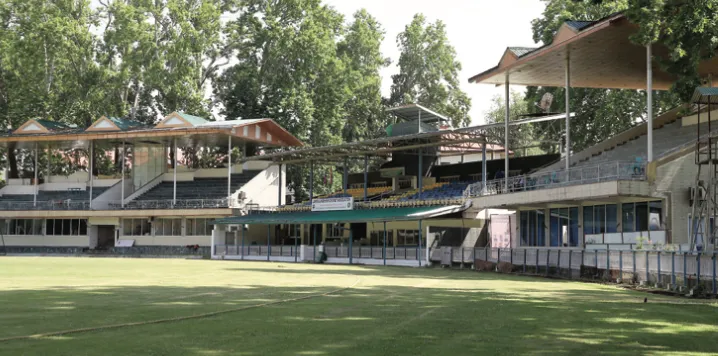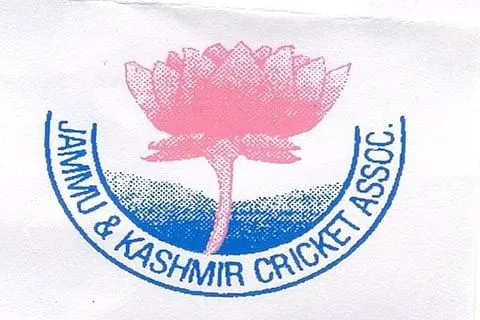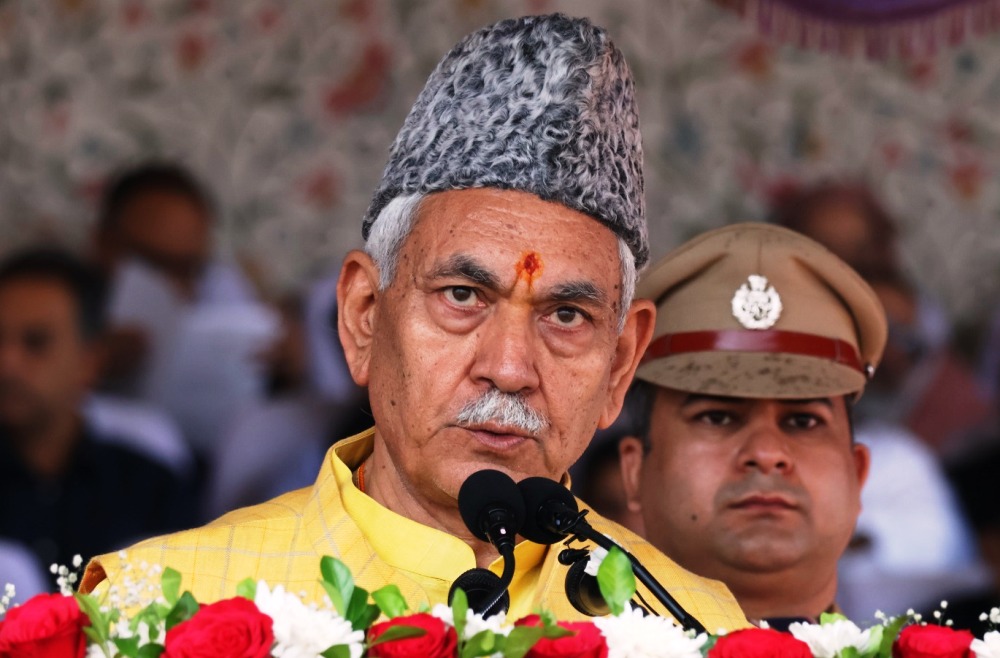Now Reading: Kashmir’s Monsoon Falters Amid Record Heat, Apple Industry, Agriculture Hit Hard
-
01
Kashmir’s Monsoon Falters Amid Record Heat, Apple Industry, Agriculture Hit Hard
Kashmir’s Monsoon Falters Amid Record Heat, Apple Industry, Agriculture Hit Hard
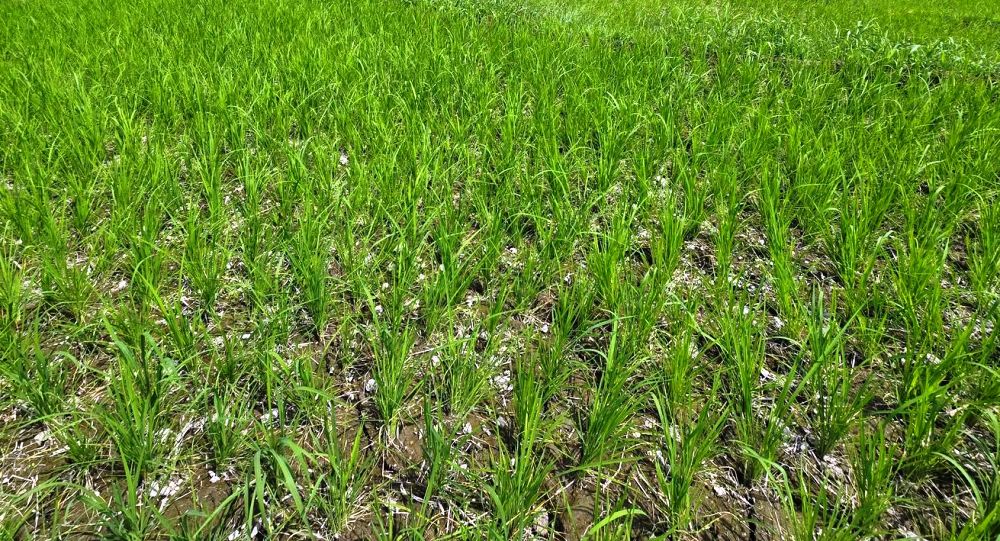
SRINAGAR: As Kashmir reels under an unrelenting heatwave, only scattered rainfall was recorded across the Valley in the past 24 hours, adding to fears of a prolonged agricultural crisis. Most districts remained dry or received minimal showers, while Srinagar sweltered under the third-highest July temperature in recorded history — 37.4°C on Friday, behind only the July peaks of 1946 and 1953.
Morning weather observations show little relief. Kupwara, Baramulla, Bandipora, Pulwama, and Ganderbal remained mostly dry. Budgam and Kulgam saw showers in only 20 to 30 per cent of areas, while Shopian received the highest coverage with rainfall in around 60 to 70 per cent of its belt. In Srinagar, a scattered 40 to 50 per cent of the city experienced brief monsoon activity, mostly sparing upper areas. Anantnag recorded only 20 per cent coverage.
This ongoing dry spell, now in its second month across several regions, has pushed Kashmir’s agriculture and fruit economy into deep distress. June had already been marked as the hottest since 1978, and now July is heading in the same direction. Srinagar, Qazigund (34.6°C), Kokernag (34°C), Pahalgam (31.6°C), and Kupwara (35.9°C) all recorded temperatures well above normal. The India Meteorological Department predicts the heatwave will persist at scattered places.
The absence of widespread rain is compounding an already dangerous water shortage in rivers, streams, and irrigation channels. Paddy farmers in south Kashmir are the worst affected. Ghulam Hassan, an 85-year-old farmer from Kokernag, says he has never witnessed such extreme conditions, “The water has vanished from our nallahs. My fields are cracking under the sun. We might be buying rice this year — a first in my lifetime.”
Officials say the rainfall deficit stands at nearly 50 per cent since June. The Agriculture Department, alarmed by this figure, has advised farmers to switch to drought-resilient crops like millets. “We are working with SKUAST and the irrigation department to coordinate a strategy,” said Kashmir Director of Agriculture, Sartaj Shah.
The apple industry — the backbone of Kashmir’s Rs 20,000 crore horticulture economy — is also witnessing a slow-moving collapse. Kashmir produces 80 per cent of India’s apples, and this year, the outlook is grim.
“Fruit size is down, colour development is poor, and sunburn is widespread,” said Bashir Ahmad Basheer, President of the Kashmir Valley Fruit Growers Union. More than 55 per cent of apple orchards depend solely on rainfall. With over two months of water scarcity, even high-altitude belts in Shopian and Sopore are showing signs of premature fruit drop and canopy stress.
Input costs — fertilisers, pesticides, water pumps — have doubled over the last three years, while returns are falling due to erratic yields and lower market rates. The climate is also disrupting pollination and fruit formation. March and April’s unexpected frosts destroyed buds across central and southern belts.
Experts attribute the current crisis to both global and local factors. Kashmir is warming nearly twice as fast as the global average, as confirmed by the Intergovernmental Panel on Climate Change (IPCC). Local degradation — unregulated urbanisation, shrinking forests, encroachment on wetlands — is accelerating the effect.
ISRO satellite data shows glacier retreat in Kashmir’s catchment zones of the Jhelum, Lidder, and Sindh rivers by more than 15 per cent. This means less runoff in spring and early exhaustion of water reserves by mid-summer.
The result is vanishing water sources, rising temperatures, and growing mental stress among farmers. Loan defaults in the horticulture sector are rising sharply, and many unions have now written to the government seeking relief measures, crop insurance reforms, and the creation of a climate resilience fund.
Cities and towns in Kashmir, from Baramulla and Pulwama to Anantnag and Srinagar, are turning into heat islands. The once temperate Valley is now confronting an unfamiliar, and perhaps irreversible, ecological shift. “We are facing a systemic collapse,” warned Mukhtar Ahmad of the Meteorological Centre in Srinagar. “The lack of snow in winter and showers in summer means Kashmir’s auto-convective rainfall pattern has broken down. This is not just weather — this is climate change.”
For now, the sky remains cloudless, and the fields are dry. Farmers, orchardists, and scientists are all looking upward, hoping the monsoon still has something left to offer.
Stay Informed With the Latest & Most Important News
Previous Post
Next Post
-
 01Inside Jagannath’s deadliest tradition: One missed flag, 18 years closed
01Inside Jagannath’s deadliest tradition: One missed flag, 18 years closed -
 02Record-Breaking Night Temperatures, Heatwave Grip Valley Ahead of Heavy Monsoon Rains
02Record-Breaking Night Temperatures, Heatwave Grip Valley Ahead of Heavy Monsoon Rains -
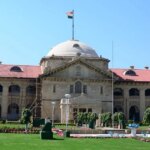 03الہ آباد ہائی کورٹ کا شاہی عیدگاہ مسجد کو متنازع ڈھانچہ قرار دینے سے انکار، جنم بھومی فریق کو جھٹکا
03الہ آباد ہائی کورٹ کا شاہی عیدگاہ مسجد کو متنازع ڈھانچہ قرار دینے سے انکار، جنم بھومی فریق کو جھٹکا -
 04نظام کسانوں کو مار رہا ہے اور مودی جی اپنے ہی ’پی آر کا تماشہ‘ دیکھ رہے ہیں: راہل گاندھی
04نظام کسانوں کو مار رہا ہے اور مودی جی اپنے ہی ’پی آر کا تماشہ‘ دیکھ رہے ہیں: راہل گاندھی -
 05Wakefit IPO: आ रहा है आईपीओ में पैसा लगाने का बड़ा मौका! वेकफिट इनोवेशन का इश्यू जल्द होगा लॉन्च, सेबी के पार दाखिल किया DRHP
05Wakefit IPO: आ रहा है आईपीओ में पैसा लगाने का बड़ा मौका! वेकफिट इनोवेशन का इश्यू जल्द होगा लॉन्च, सेबी के पार दाखिल किया DRHP -
 06Work on 624 MW Kiru Hydroelectric Power Project Kishtwar nears completion
06Work on 624 MW Kiru Hydroelectric Power Project Kishtwar nears completion -
 07’تقریباً 60 فیصد ووٹرس کو نہیں دینا ہوگا اضافی دستاویز‘، اپوزیشن کی تنقید کا سامنا کر رہے الیکشن کمیشن کی صفائی
07’تقریباً 60 فیصد ووٹرس کو نہیں دینا ہوگا اضافی دستاویز‘، اپوزیشن کی تنقید کا سامنا کر رہے الیکشن کمیشن کی صفائی











